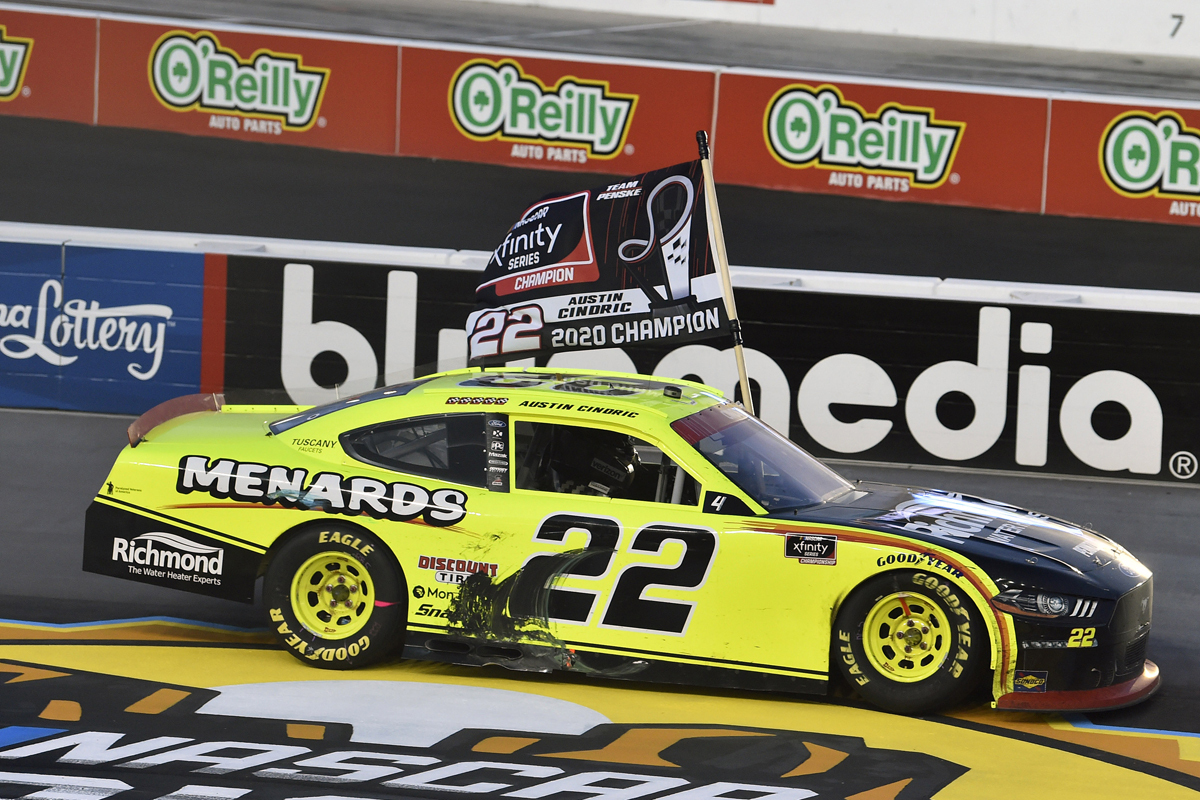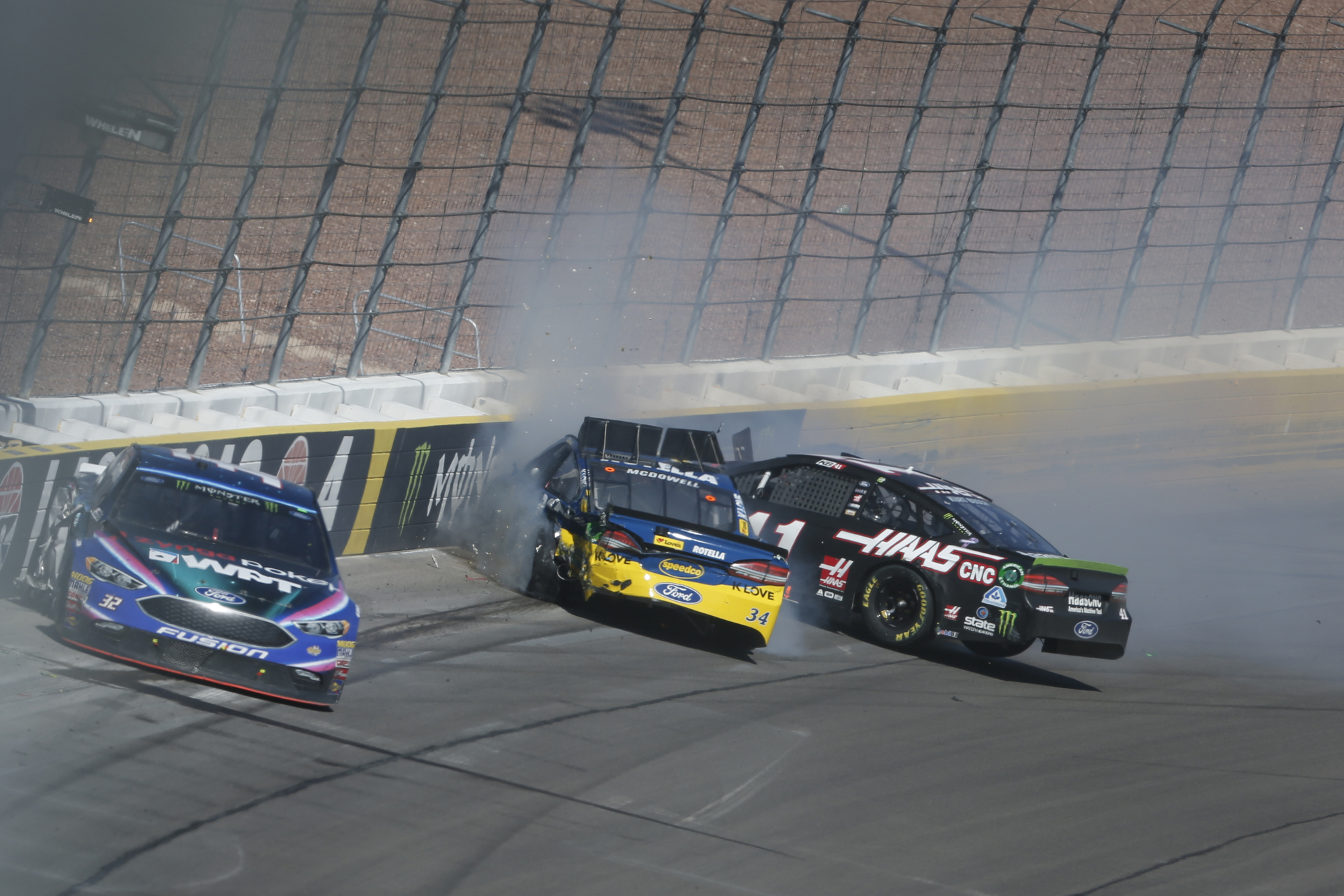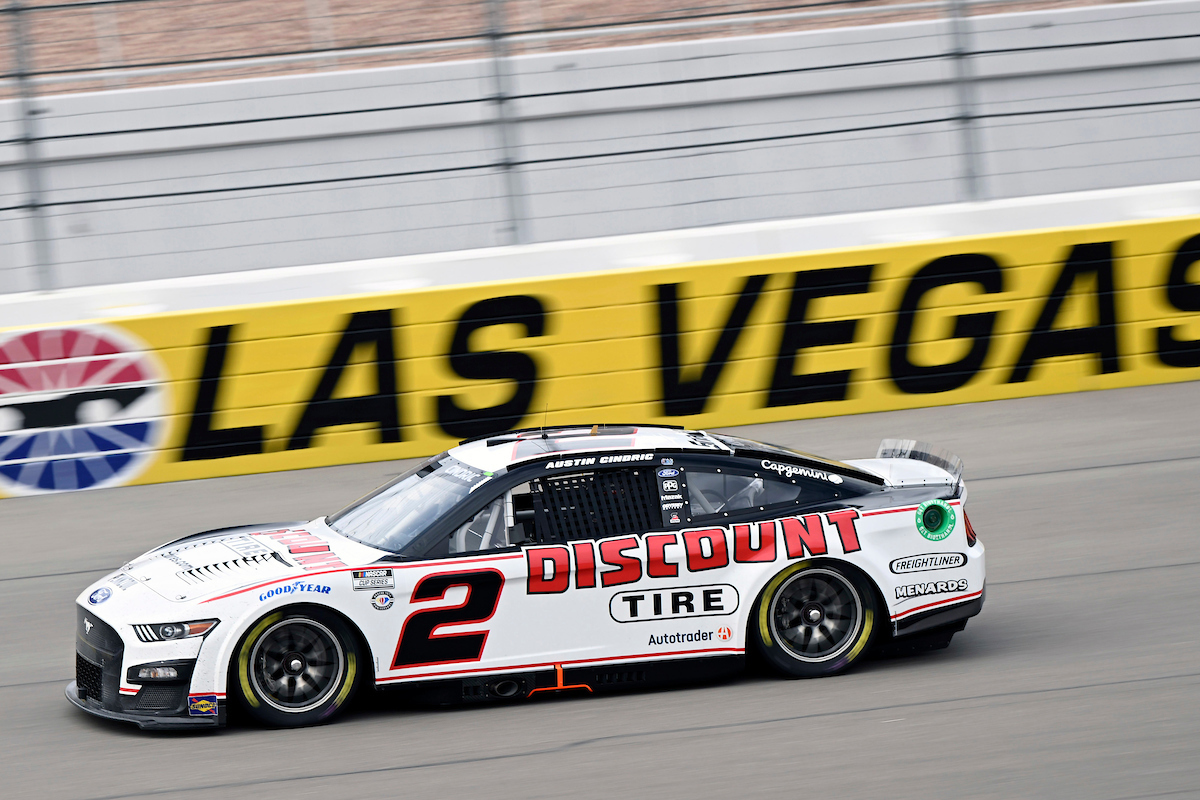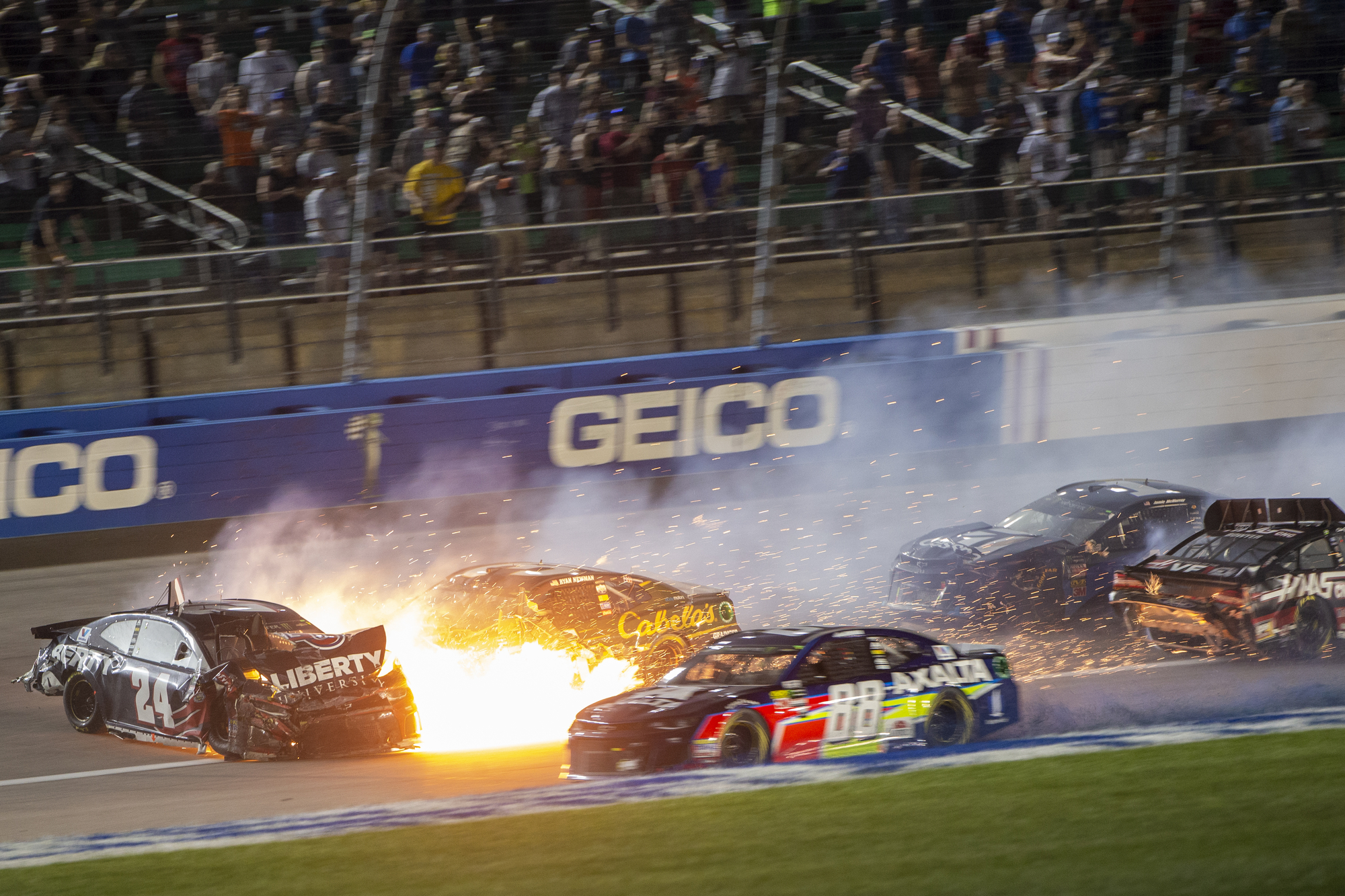4 Interesting Facts on How NASCAR Engines Work
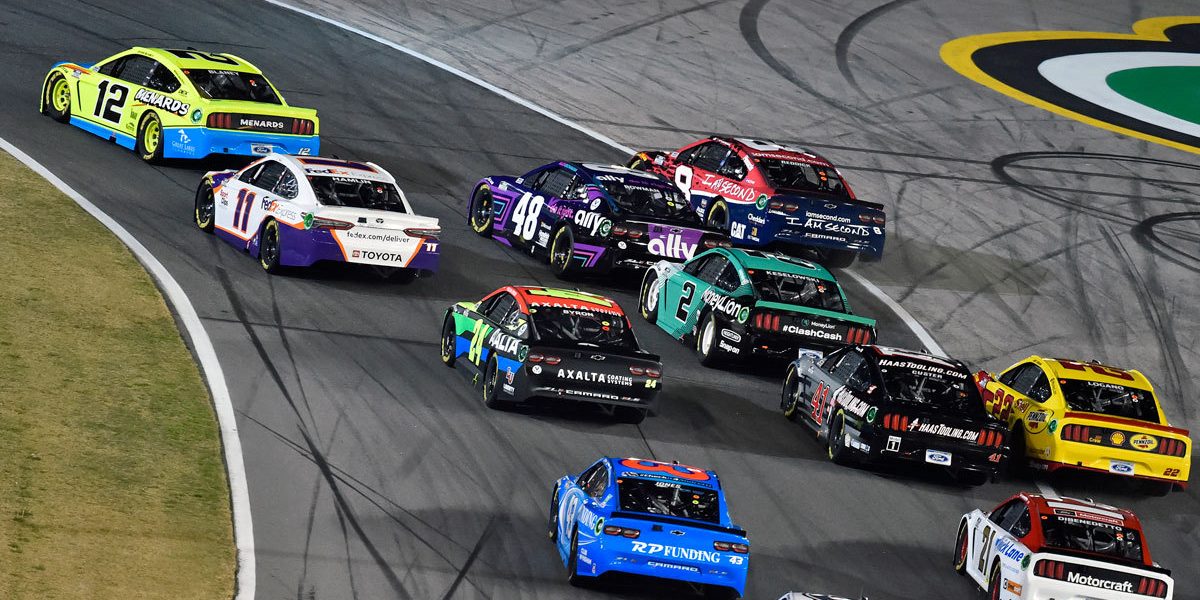
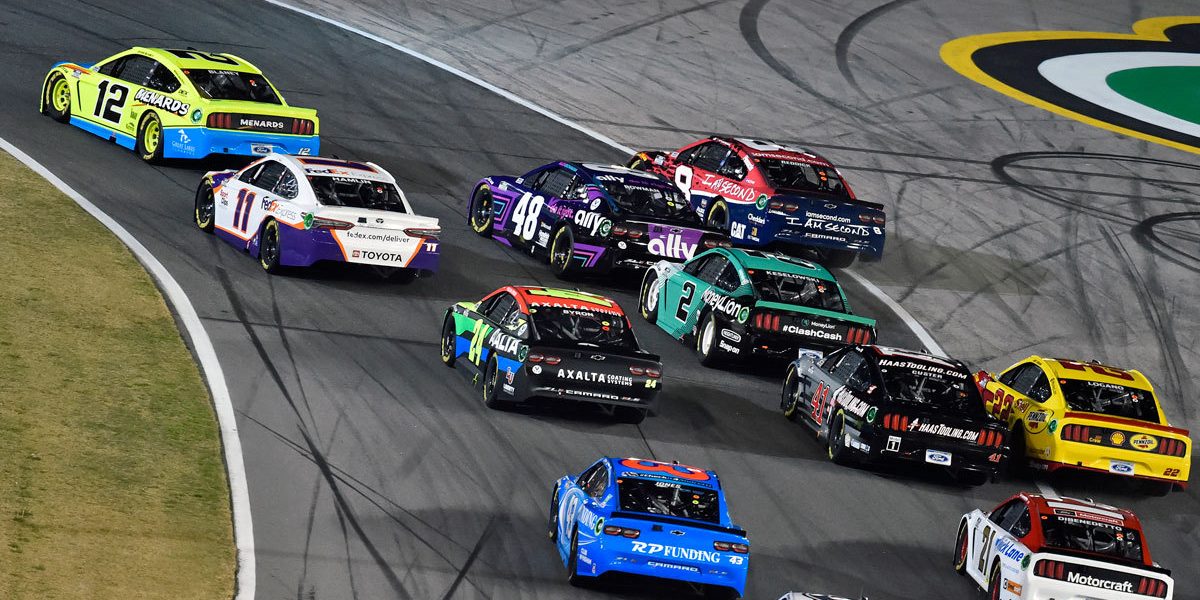
Table of Contents
So you’re curious about how NASCAR engines work?
NASCAR is by far the most popular motorsport in the United States. It has a following from teenagers to the oldest of people with a large base in the Southern states. The series was originally started as a stock car series in 1948. The most popular NASCAR series, the Cup Series, is still a stock car series as are several others. The cars resemble the stock car in your neighbour’s garage. But make no mistake. The cars racing in the NASCAR series are far more sophisticated than is your neighbour’s.
Each component of a NASCAR car is researched, designed, engineered, tested and tuned to perfection. The aim is to squeeze every ounce of power generated by the heart of the car, the engine, and utilise it efficiently. NASCAR racing, like all motorsports, is all about speed. In their quest to get the maximum speed from the power generated by the engine, the teams spend a pile of money to ensure that all the components of the car are built to perfection.
Teams spend hundreds of thousands of dollars on a NASCAR engine. And boy, do they deliver? These monsters deliver 850 hp at 10,000 rpm that helps the car achieve speeds in excess of 200 mph (328 kph). That is why automotive engineers spend a lot of time on engine design. The construction of a NASCAR engine and its cost are closely guarded secrets as in all race cars. It is mostly because of the competition and NASCAR regulations.
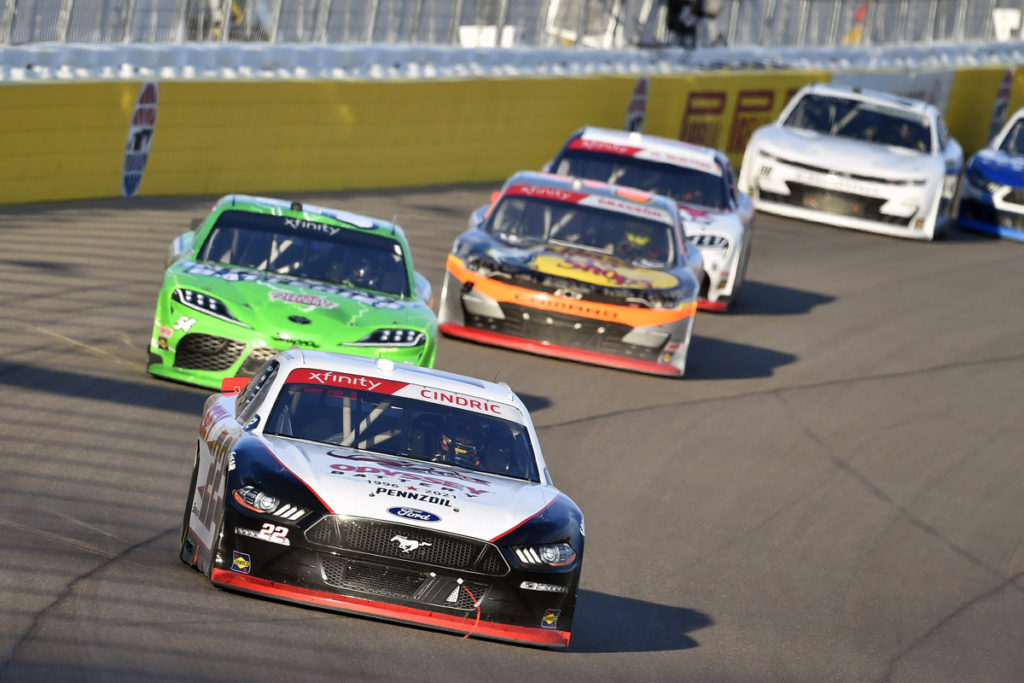
What are the NASCAR specifications for a stock car engine?
For a team to be successful in a NASCAR race they would have to first have a better engine than their competitors. NASCAR has strict specifications for the engines that are mounted in the vehicles that race in the series. This is to level the playing field for all competitors. But teams and their automotive engineers find a way of pushing these parameters to the limit. Any team caught crossing the specified parameters are sanctioned and/or penalised.
Here are the specifications for a NASCAR car engine:
- Engine displacement: 5.86 L (358 cu in) pushrod (OHV) V8
- Transmission: 4-speed manual H-pattern
- Weight: 3,200 lb (1,451 kg) minimum without driver and fuel; 3,400 lb (1,542 kg) minimum with driver and fuel
- Power output: 750 hp (559 kW) on tracks 1 mile or below; 550 hp (410 kW) on tracks greater than one mile (2019)
- Torque: 720 N-m (530 ft-lb)
- Fuel: Sunoco 93 MON, 104 RON, 98 AKI 85% unleaded gasoline + Sunoco Green Ethanol E15 15%
- Fuel capacity: 17.75 US gallons (67 litres) most tracks
- Fuel delivery: Electronic multi-point indirect port fuel injection
- Fuel injection type: McLaren Electronic systems
- ECU provider: McLaren Freescale TAG-400N
- Compression ratio: 12:1
- Aspiration: Naturally-Aspirated
In carburettor fuelled engines a single Holey make carburettor delivers the engine fuel.
Prior to 2012, all NASCAR engines were fuelled by carburettors. In 2012 NASCAR stipulated that the Cup Series cars will incorporate an indirect fuel injection system in their engines for fuel delivery. All other series in NASCAR still use carburettors for fuel delivery. NASCAR, like all other racing organisations, is also conscious of polluting the environment. Fuel-injected engines are more efficient and emit less harmful gasses, thereby reducing the damage to the environment.
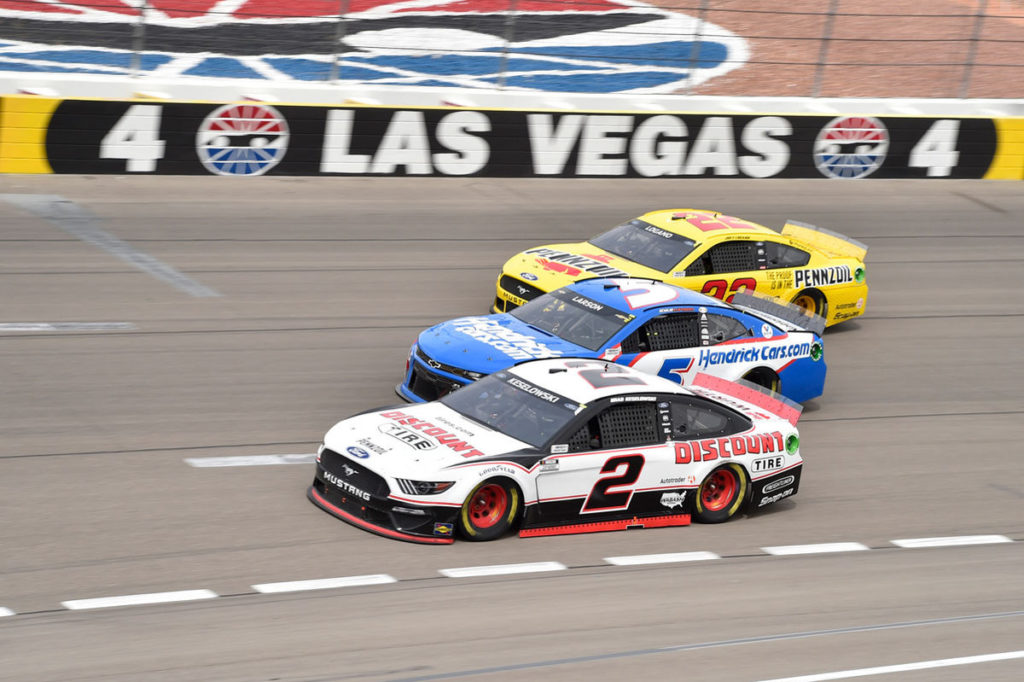
Who are the engine suppliers for stock cars in NASCAR?
As with all the components of a racing car, barring a few, NASCAR stipulates the suppliers that teams can buy their components from. The suppliers for NASCAR cars are Ford, Chevrolet and Toyota. All the engines are the same in characteristics and dimensions but vary greatly in their performance from each other. The engine suppliers also cater to the buyers’ demands for engine alterations/ modifications within the parameters specified by NASCAR.
The engine of the NASCAR car is the costliest component of the car. And teams spare no expense to ensure that they get the best performing engines. Every engine is carefully crafted and engineered in the manufacturers’ workshops. Very often teams rent engines rather than buying them. This is because the engines are designed to last one race. They are then overhauled before the next race.
After the race, the engine is taken to the manufacturers’ workshops, taken apart and all parts are thoroughly inspected. Any part that needs replacement is replaced before the engine is returned to the team. A race car engine can cost the team upwards of $500,000. With some leading teams running several cars in a series, the costs of engines alone can add up to astronomical sums. The manufactures also spend huge sums on research and development of the engines.
Even though there are only three suppliers of NASCAR engines, not two engines are similar even within a team. The engines are specifically built to suit the team’s automotive engineer and the driver. The engines are also tuned specifically for different races on different tracks. In short, engines are maintained and tuned after every race. That is why the engines are built to last only 1000 miles (1600 km)
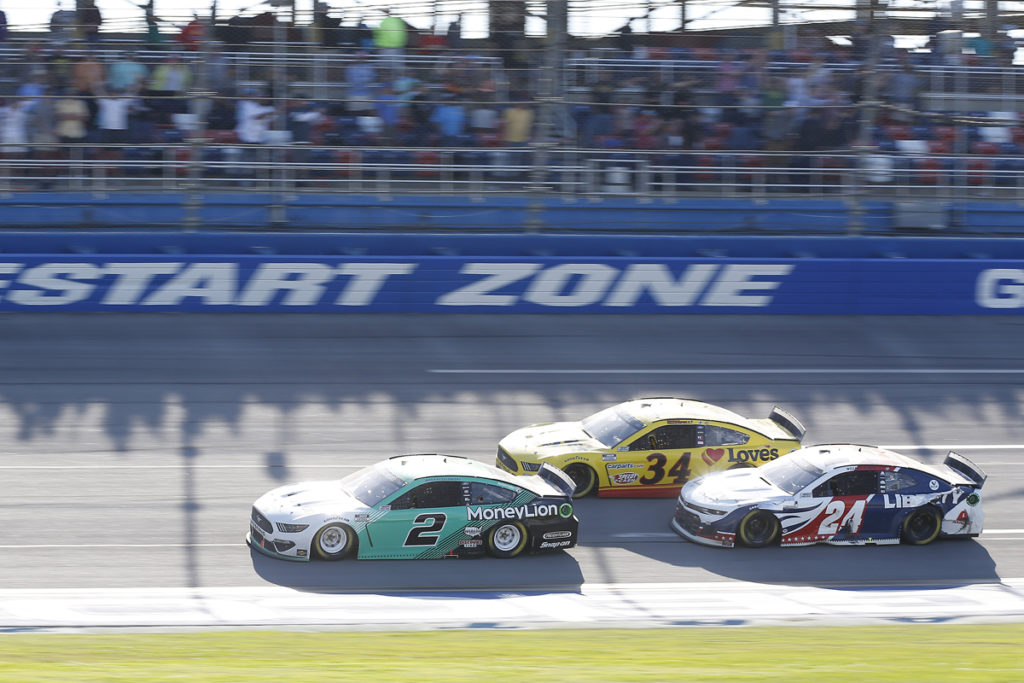
How are NASCAR engines constructed?
NASCAR stock car engines are the same as most of the engines that have powered production cars over the last 60 years. They are 358 cu in, 90⁰ pushrod V8 four-stroke internal combustion engines. But that is where the comparison with a modern-day production engine stops. Every part and component of a NASCAR stock car is designed and engineered to perfection. It goes without saying that the engine, being the heart of a car, will get special attention from automotive engineers.
A NASCAR engine uses pushrods, two valves per cylinder and a conical combustion chamber and not a hemispherical one. These engines have to run at high rpm and deliver optimal power for a short duration of time. The casing of the engine is made from cast iron and then machined to match the specifications. The parts of a racing stock car engine are engineered accordingly. The camshaft driving the valves operates from below as opposed to production engines.
The combustion piston and the piston are machined to the minimum tolerances. This is to avoid the fuel-air mixture leaking into the sump as well as to prevent the oil from the sump from getting into the combustion chamber. To decrease the wear and tear due to friction, the surface of parts is coated with high life surface coatings such as diamond-like carbon and titanium nitride. These coatings help high stressed components survive over the length of the race.
The lubricating oil of a NASCAR engine is kept in an external tank. This allows the oil to cool better and release the air bubbles it gathers. The engine operates with a dry sump. The oil is pumped out as it drips from the rotating parts, allowing them to rotate in clean air, this increases the power output of the engine by as much as twenty per cent. The wear due to friction is additionally taken off by the special coatings on the rotating parts.
These engines are four-stroke engines with each chamber fed with the air-fuel mixture separately. The fuel valve and the exhaust valve are held open slightly longer than in streetcar engines to increase efficiency. The performance of the engine is monitored by an AVL dynamometer. The firing and the timing of the valves and the fuel-air mixture ignitors are carefully calibrated to yield optimum power. Automotive engineers spend dozens of hours testing and tuning an engine before delivering it to the teams.
NASCAR engines have to run at an rpm of 10,000 and above and deliver a power of 750 hp and above. The long pushrods used in conventional cars will deflect resulting in the loss of power output of the engine. NASCAR engines use much shorter pushrods mounted high up in the block to avoid the loss of power. On long straight tracks, NASCAR mandates the use of restrictor plates or sleeves to limit the speed of the cars. This is done for the safety of the drivers, officials and spectators.
The ignitors, whether in the case of a carburettor or an electronic injection fuelled engine, are mounted at the top of the combustion chamber. The fuel-air mixture is ignited when the pistons are at the highest point, or when the compression is the greatest.These ignitors fire the compressed air-fuel mixture at a precise moment so as to generate maximum power.
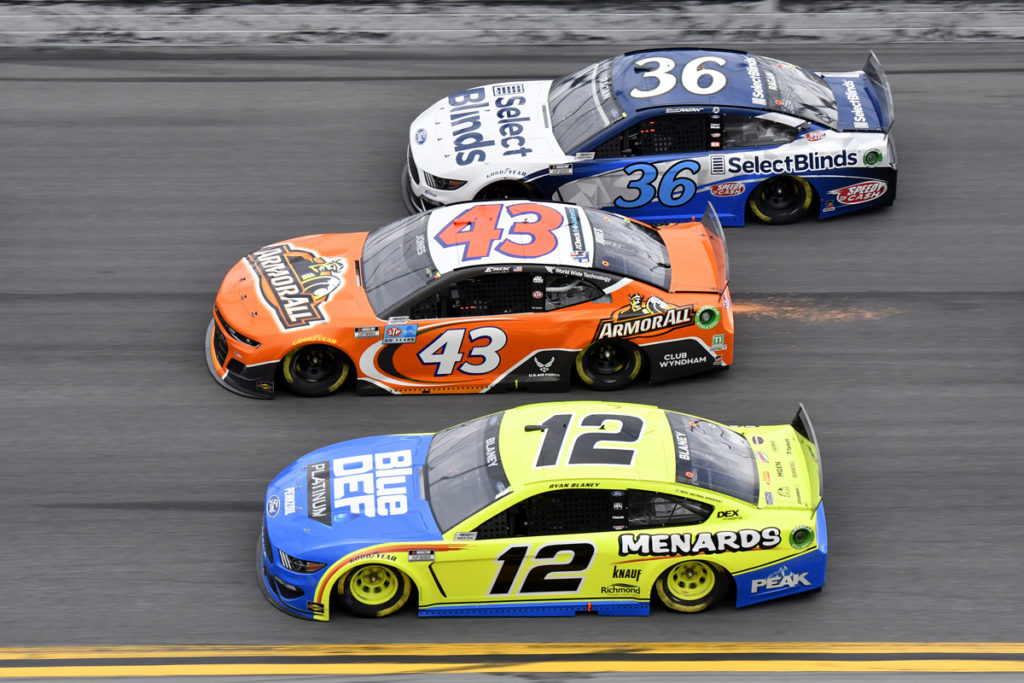
How does NASCAR monitor the engines?
NASCAR has strict regulations regarding the construction of engines. But teams do manage to find ways to push the boundaries. If discovered, these teams are liable for hefty fines and even suspension. NASCAR teams inspect the vehicles before the start of every race. It is only when a vehicle is within the specified regulations that it is allowed to race.
Winning a race is not the end of the day for the winning team. NASCAR officials are likely to haul the car away and take it apart for inspection. These officials inspect all the parts of the car for breach of regulations. The engine is taken apart and inspected thoroughly. If any violations are found the teams are not only penalised but may be stripped of the title they so painstakingly won.
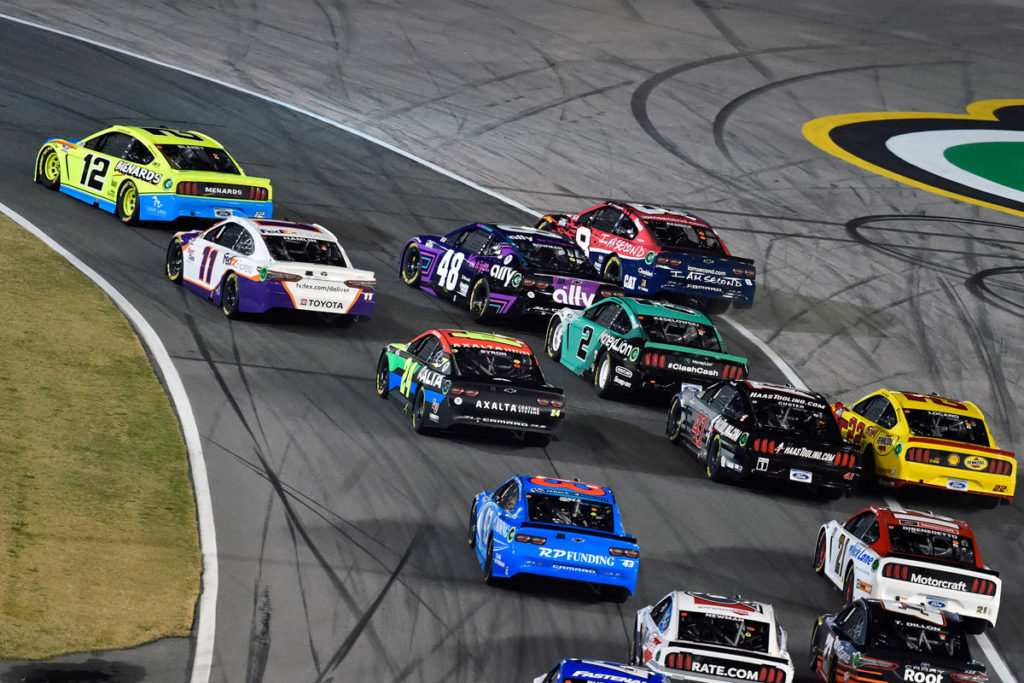
Conclusion
NASCAR engines are V8, 90⁰ naturally aspirated engines. They are either pushrod engines. They are fuelled either by a carburettor or by electronic fuel injection (for Cup Series only). Teams spend a lot of money on the engines and their construction and costs are kept secret. The expenditure pays off in the power that the engines develop. The engines are inspected and re-tuned after every race to get optimum performance on the next racecourse.
You may also be interested in 4 Important Key Points of How NASCAR Aerodynamics Work.






